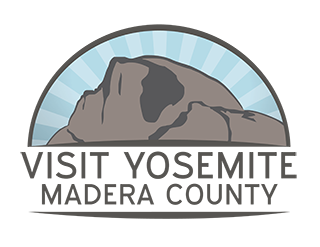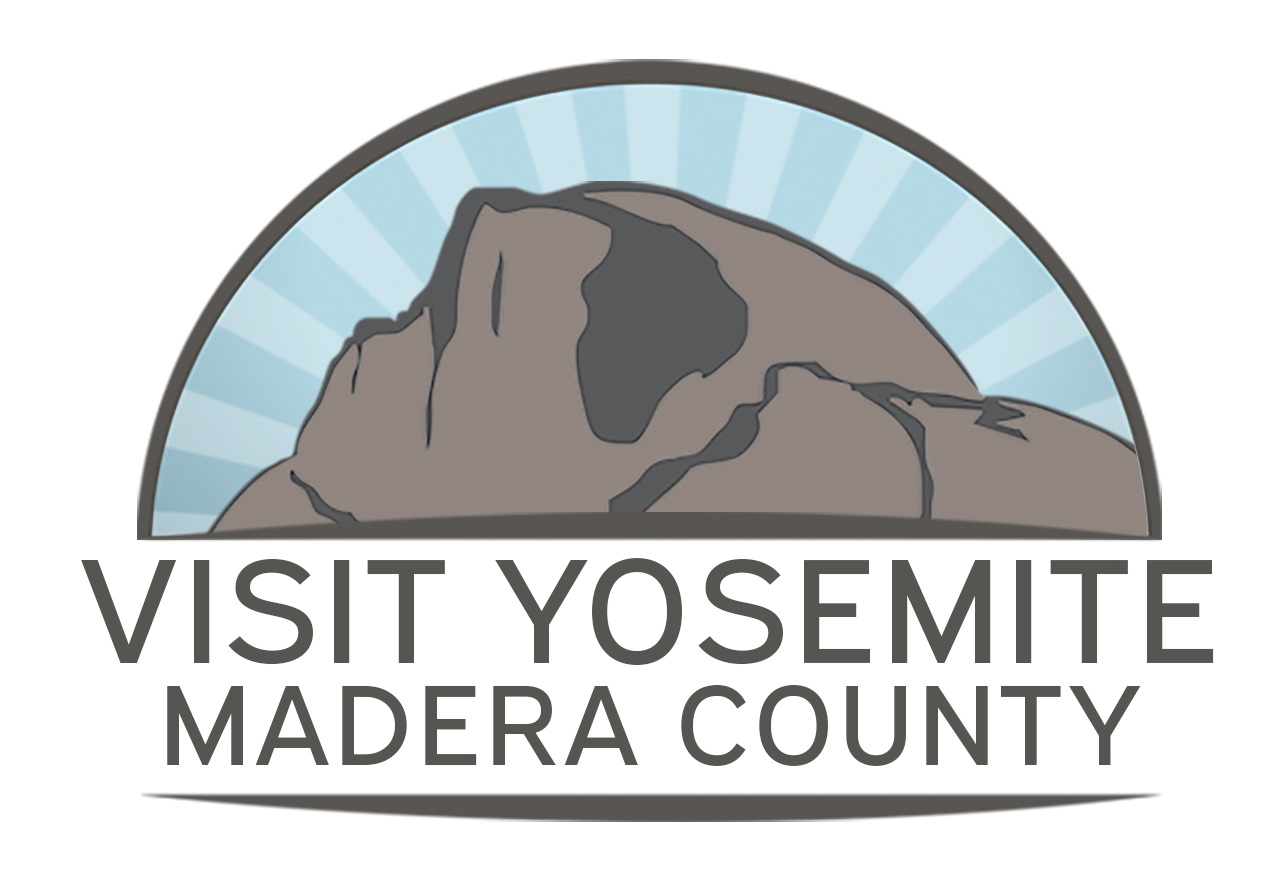Despite the granite getting all the fame, the trees of Yosemite provide a unique perspective that most visitors rush by without noticing. The next time you ascend into the park, keep a close eye on how the forests change before your eyes. They’ll let you know what kind of climate you’re in!
It’s All About the Zones
One of the most interesting things about Yosemite’s makeup of forests is it’s based on elevation. The Sierra Nevada’s abrupt rise from almost sea level to twelve or thirteen thousand feet, creates a quick change in climate as you ascend. Instead hard and clear transitions between zones, it’s a gradual fade from one layer to the next.
1,000 – 3,000 Feet
As you enter Yosemite from the west, you’re sitting at just above 2,000 feet in sea level. At this height, it’s known as the Foothill forest or Sonoran Zone. The summers are long, hot, dry, and arid. The prevalent trees you’ll find here are Oaks. More specifically, you'll see species like the Valley Oak, California Black Oak, Interior Live Oak, and the Canyon Live Oak.
 Backlit Oaks in the Merced River Canyon - Image by Steve Montalto/HighMountain Images
Backlit Oaks in the Merced River Canyon - Image by Steve Montalto/HighMountain Images
3,000 – 7,000 Feet
 Incense Cedar Tree In Yosemite - Photo by: Victor R. Ruiz
Incense Cedar Tree In Yosemite - Photo by: Victor R. Ruiz
The Kings Live Here (~ 5,000 Feet)
 Giant Sequoias in the Mariposa Grove
Giant Sequoias in the Mariposa Grove
Cool fact: The Sugar Pine's cones are among the largest in the world with most averaging a foot long and some as large as 22 inches or more in length.
 Image appears courtesy: Sugar Pine Foundation
Image appears courtesy: Sugar Pine Foundation
7,000 – 9,000 Feet
As you exit the main timber belt, you'll begin to ascend into what is called the Sub-Alpine Forest. This is just above the snow-line, meaning these evergreens get pummeled with snowfall in the winter months. They need to be hardy and take the weight of all that white fluff. At the same time, they get A LOT of water due to this snowfall. Here you’ll find Jeffrey Pines, red fir, white fir, and lodgepole pines. If you do see a deciduous tree at this elevation, it’ll be the quaking Aspen, named after their leaves which flutter in the wind.
9,000 Feet and Above
The top range of the High Sierra, or as it's scientifically known, is the Alpine. At the lower elevations of this band, you’ll still find some of the species from the sub-alpine like the red fir, western white pine trees, and lodgepole pines. But this is where only the hardiest species can survive due to the long and cold winters. The mountain hemlock and white bark pine are the main brutes that can take it up here to the timberline.
Yosemite Valley – The “Eden” of the Park
One last thing to highlight is Yosemite Valley as it is the true exception to the rules above. It may sit at an elevation around 4,000 feet, but due to its topography, it provides the biggest variety of species. Just below the southern great wall, you’ll find vegetation you’d see at that elevation. While on the north side, it’s so warm that you’ll find plant life growing that you’d traditionally only see in the foothill region.
This is by no means a comprehensive run-down of all the trees you’ll see in Yosemite but rather an introduction into how the forests of Yosemite are comprised. The old saying might be “stop and smell the roses”, but in Yosemite, take your time and fully enjoy the forest. Those tall elders say a lot more than just rustling in the wind.



Small grove of Cottonwoods in Ahwahnee Meadow. The meadow is ringed predominantly with conifers but few deciduous trees including Oaks bring variety to the mix.
______________________________________________________________________________________
Like what you see? Save any of these pins (or possibly all of them) to your travel planning board(s) to give you an easy way to find your way back here! Also check out our other blog posts as well as itineraries for more ideas and pins!
About The Author:
Alex founded localfreshies.com® in 2014 to be the #1 website providing the “local scoop” on where to eat, drink & play in mountain towns throughout North America. When he’s not writing and executing marketing strategies for small businesses & agencies, he’s in search of the deepest snow in the winter and tackiest dirt in the summer.














 Alex Silgalis
Alex Silgalis


